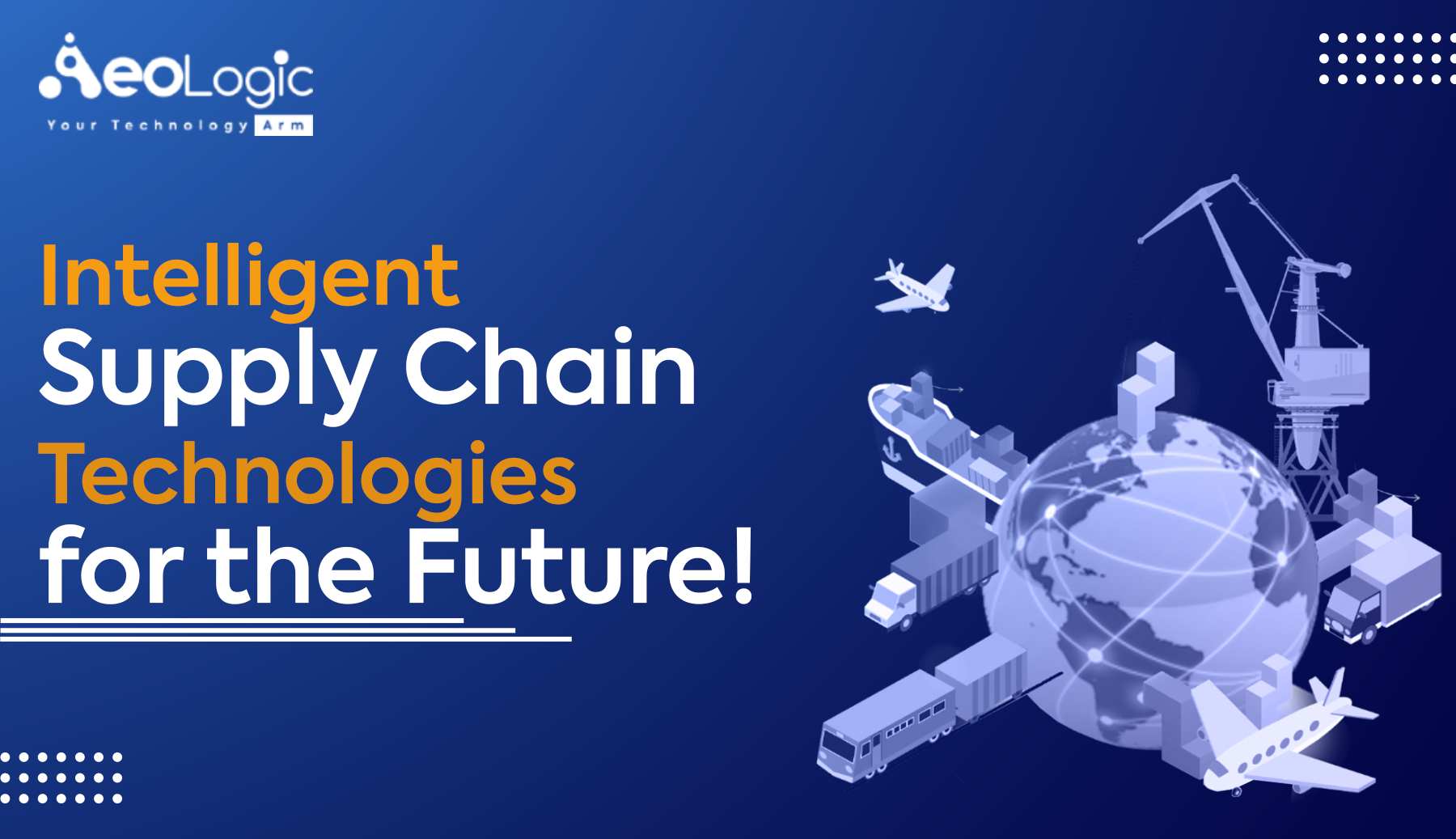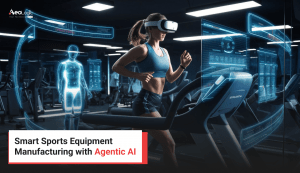With the advancement of technology, access to data and making it available across the end-to-end network has drastically altered the supply chain. What it might look like in five years is very different from what it looks like today. Products, workforce, and industrial assets will be linked collaboratively, and robots will assist operators in performing better and safer work. It will be made possible by technology, ecosystems, people, and capabilities.
The changes that have been seen in the market are quite dramatic and if organizations aren’t looking for where disruption has come they’re gonna be disrupted themselves.
The Prediction Of The Supply Chain Is As Follows
1) – Historically, the supply chain was considered a back-office support function, but as we move forward, it is no longer just about having a great product or service, but also about providing a great customer experience.
2) – Customers want variety, personalization, flexibility, ease of access, and availability, all of which have an impact on the supply chain.
3) – One of the most significant barriers to modernising the supply chain is simply understanding the digital technology landscape out there, whether it is blockchain, robotics, or artificial intelligence, but one of the most difficult challenges the client faces is sorting through that noise.
4) – There is a significant amount of knowledge transfer and different skills that will be required for supply chain professionals in the next five to ten years.
5) – An organization with a successful supply chain is well connected to its customers and uses internal and external information to flow that through end-to-end so that it can be very proactive in managing that to meet those needs.
6) – The supply chain of the future will not be able to deliver all of the competencies on its own; instead, it will need to tap into an ecosystem of cloud providers, different technologies that understand work and leverage those skills to supplement their main functionalities are.
7) – A digital supply chain model stores and deploys technology in the cloud, making it easier for all parties involved in the chain to access the information.
8) – The real-time traffic data that could affect the shipping and receiving of parts for products manufacturers or end-users are easily accessible.
9) – With the help of a digital supply chain model, IoT capabilities and tracking software simplify the transition and handling of products and materials.
10) – Smart road technology that can build off traffic and weather data and plan new routes or automatically alert key personnel of delays, driverless delivery, and even robotics warehouses are all possible with a digital supply chain.
11) – It also enables easy sharing of shipping information with customers.
Conclusion
To sum up, advancements in supply chain technology will likely drive global supply chain management over the next few years. Depending on your industry and line of business it might be a good idea to look at ways digital supply chain technology can enhance your business management process.
Are you looking to implement technology into your supply chain business? If yes so please feel free to contact us at support@aeologic.com

Manoj Kumar is a seasoned Digital Marketing Manager and passionate Tech Blogger with deep expertise in SEO, AI trends, and emerging digital technologies. He writes about innovative solutions that drive growth and transformation across industry.
Featured on – YOURSTORY | TECHSLING | ELEARNINGINDUSTRY | DATASCIENCECENTRAL | TIMESOFINDIA | MEDIUM | DATAFLOQ









